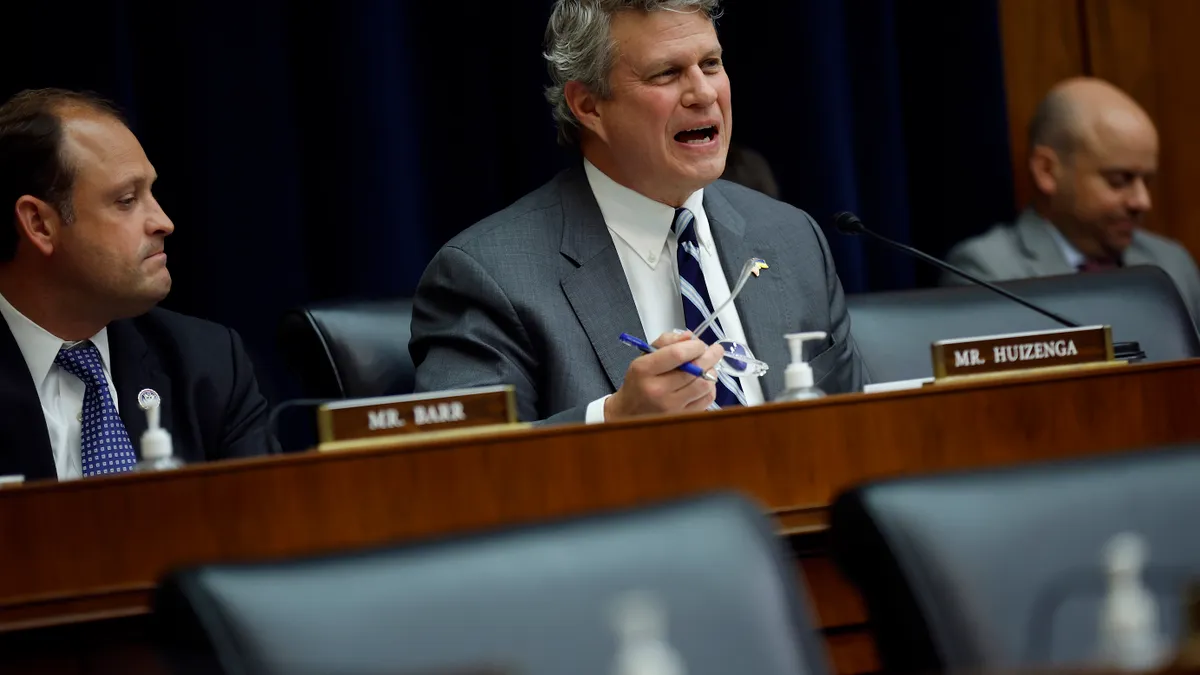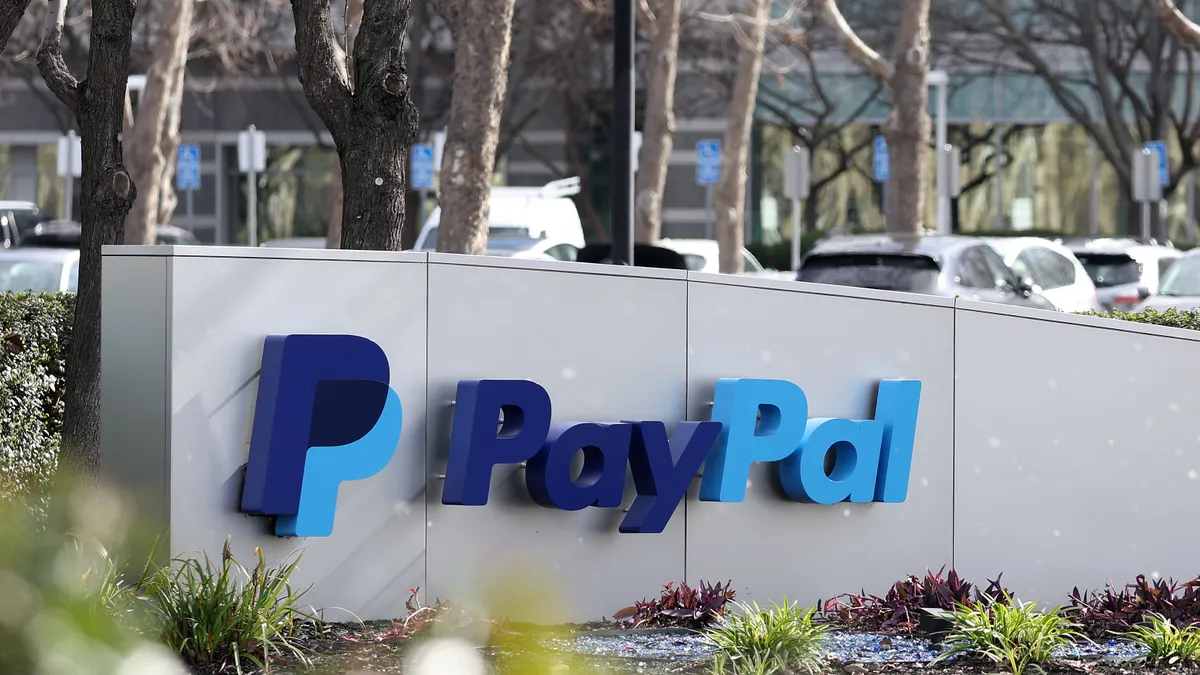There are signs of stablecoins creeping into retail payments, but they’ll need regulatory oversight and a path to scaling if there is to be widespread use in the marketplace, said Federal Reserve Governor Christopher Waller.
In a conference speech last week in San Francisco, Waller gave an update on his stablecoin thinking three years after outlining what he saw as the digital asset’s risks and benefits. He defined stablecoins as digital assets designed to offer a stable value, relative to a fiat currency, and be easily converted to a traditional currency. He noted that most are backed by the U.S. dollar.
The stablecoins issued by the company Circle Internet Group and Tether are two of the most widely used. Stablecoins generally have been in existence for about a decade.
Waller conceded stablecoins are little used now in the retail environment, but suggested that could change in a matter of years as the private sector begins to support their use. Specifically, he noted some companies beginning to incorporate stablecoin acceptance into their point-of-sale technology. He also noted stablecoins being used in peer-to-peer payment apps.
“At present, stablecoin use for retail payments is very limited,” Waller said on Feb. 12 at the A Very Stable Conference. “However, I am seeing a lot of new, private sector entrants looking to find ways to support the use of stablecoins for retail payments.”
Aside from retail uses, the Fed governor also sees stablecoins as potentially useful for cross-border payments in a “stablecoin sandwich” scenario that lets users move out of one country’s currency into another via a stablecoin bridge. Dollar-based stablecoins might also be appealing in countries with high inflation or a lack of banking services, extending the primary of the U.S. dollar internationally, he said.
Stablecoins in commerce
Waller didn’t point to particular companies pursuing such developments for stablecoins. One payment juggernaut that has made headway in accepting stablecoins for payment is the fintech Stripe, by way of its acquisition last year of Bridge and its partnership with Paxos.
Nonetheless, as of last year, research showed that cyber bots still generated the majority of commerce in stablecoins, with only 10% of the activity being genuine transactions.
If stablecoins are to become useful in retail, consumers must want to use them and they must find them convenient, Waller said. Second, companies issuing them must be able to develop revenue models that support the business. Retailers may have an incentive to use stablecoins if they help reduce transactions costs, and merchants could pass some of those savings to consumers, he said.
Still, how stablecoin issuers make money remains a key hurdle. They might charge fees, whether for digitally minting the currencies or on transactions, or they might just make money from interest income, Waller speculated. They could also use stablecoins as a means of selling other goods or services, he said. In any of those cases, it would be imperative that they be able to scale the business, he added.
“It remains to be seen whether stablecoins will scale for retail payment use cases,” Waller said. “Such an evolution would require both a substantial number of consumers to shift their preferences toward using stablecoins and a significant number of businesses to make necessary investments to receive payments via stablecoins.”
Lack of regulatory oversight
Even if such stablecoin commerce can gather momentum, there are plenty of other challenges, Waller pointed out. Importantly, he noted the lack of a federal regulatory framework for the industry and suggested a state-by-state approach would be unwieldy.
“It is important that U.S. legislation makes provision for the supervision and regulation of stablecoin issuers that is proportionate to the risks they pose, without stifling their innovative potential while the marketplace is still developing,” Waller said.
Waller encouraged the law-making without opining on bills that are already circulating on Capitol Hill.
“Governor Waller decries the potential ‘fragmentation’ of regulation, and for good reason,” said Jim Angel, a Georgetown University professor who specializes in global financial market regulation. “Different requirements in different jurisdictions will make it hard for stablecoin issuers to scale,” Angel added in his emailed comment.
The Senate last month established the first panel on digital assets, to be chaired by Republican Sen. Cynthia Lummis of Wyoming. She and other Republican senators have collaborated to introduce a bill that would support stablecoin payments. House members are also discussing such legislation.
While the Senate legislation was also backed by Democratic Sen. Kirsten Gillibrand of New York, Sen. Elizabeth Warren of Massachusetts, who is the top Democrat on the Senate Banking Committee, said she doesn’t believe it has sufficient guardrails to protect consumers and fend off money laundering, according to media outlet Punchbowl News.
President Trump delivered an executive order last month aimed at boosting digital asset development, particularly stablecoins.
Separately, Waller noted other risks for stablecoins. Specifically, he said stablecoins could be called into question if snafus occur in clearing or settlement of stablecoin transactions. He also said too many stablecoins could make it difficult for any of them to scale.
Waller said he wasn’t making the speech to endorse any particular stablecoin “use cases or business models,” but rather to explain what it is that policymakers must understand about the digital currency ecosystem.



















